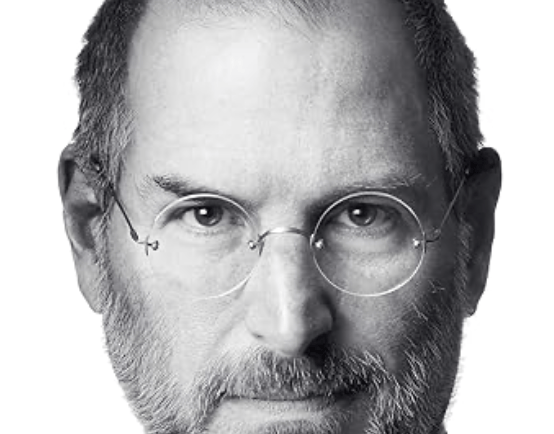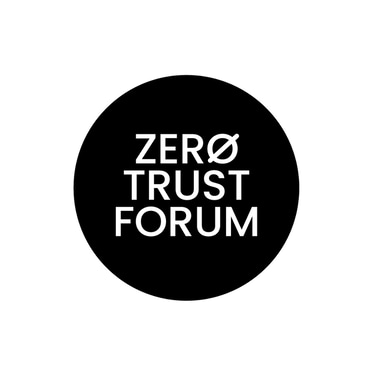What We Can Learn From Walter Isaacson’s Steve Jobs Biography: Insights for Networking and Cybersecurity
John Spiegel
1/10/20254 min read


I needed inspiration to start the New Year. What better place to look than one of Walter Issacson’s series of biographies on people who have significantly changed our world view or created amazing products. Jennifer Doudna with CRISPR, Albert Einstein “Theory of Relativity” or even Henry Kissinger’s opening of China. Given my current role at a major IT supplier, I selected the biography of Steve Jobs. Why? His focus on simplicity, useability and risk taking was what I needed to be reminding of going into 2025. So, what lessons can we take from the life of Steve Jobs as it relates to networking and cybersecurity? Here are my thoughts.
For those in the fields of networking and cybersecurity, Jobs’ life and principles provide valuable insights into building robust systems, fostering creativity, and staying ahead in a rapidly changing technological landscape. But most of all, the famous quote often attributed to both Leonardo DaVinci and Steve Jobs, “Simplicity is the Ultimate Sophistication”. When we built the product at Axis Security, this was front and center. The policy engine and UI demonstrate the ethos of this quote. I was quickly reminded one of Jobs’ central philosophies was an obsession with simplicity. He believed that great products should be intuitive and seamless for users. This focus drove the design of products like the iPhone, where complexity was hidden under the hood but the interface was elegant and user-friendly.
Unfortunately, this is not the case with networking. Due to the extraordinary demands we are placing on the network in this era of distributed IT, overly complex designs have led to inefficiencies and vulnerabilities. To address this issue, we’ve come up with simplified architectures, such as Software-Defined Networking (SDN), which align with Jobs’ principle by abstracting complexity and making networks more manageable and adaptive. While this is true, the underly remains brittle. Think about Software Defined WAN (SDWAN). Internet, broadband, DSL (it still exists) and space networking make for difficult day two challenges. Similarly, cybersecurity often fails when users bypass systems because they are cumbersome. Jobs’ focus on simplicity reminds us to design security solutions that are intuitive and minimally disruptive, such as single sign-on (SSO) systems or passwordless authentication.
Jobs was a staunch advocate for end-to-end integration. By controlling both hardware and software, Apple could ensure that every part of the user experience worked seamlessly together. This tight integration became a hallmark of Apple’s success. For modern networks, ensuring seamless integration across on-premises, cloud, and edge environments is critical. Solutions like Secure Access Service Edge (SASE) embody this principle by combining networking and security into a unified service. Going into 2025, we will see a movement of the principles of SASE extending into the campus and branch office LAN led by ZTNA. Will this push end to end solution vendors? I would argue yes. The smart product managers realize creating ever more siloed security tools is not providing positive security and network outcomes. Rather it creates gaps and inefficiencies. Following Jobs’ lead, cybersecurity strategies should aim for cohesive ecosystems where tools like firewalls, intrusion detection systems, and endpoint protection communicate effectively. True platform vs portfolio marketed solutions which are being hoisted on security and networking leaders today.
Another of Job’s tenets was understanding the user experience. This is often something which is forgotten in product design. How will the end user experience the product. Will it be intuitive? Will it be easy to use and manage? Will the product reduce day two overhead? Will it require a level 4 engineer or can we help the customer to shift left management to the operations team? Jobs felt technology should serve people, not the other way around. Apple’s products consistently delivered an unparalleled user experience, turning customers into loyal advocates. Engineers should prioritize user-friendly experiences, such as ensuring seamless connectivity for remote workers or deploying intuitive SD-WAN solutions. In cybersecurity, the same is true. Measures like two-factor authentication or remote access (ZTNA) should be designed to be as painless as possible. Happy users are more likely to follow security protocols creating improved security outcomes!
Failure. If we are not failing, we are not trying. The Apple Lisa, NeXT computer, and even Jobs ousting from Apple were significant setbacks. However, he used these experiences to fuel his comeback, leading Apple to unprecedented success. In networking, we need to start pushing the envelope. Much of what we’ve built is based on technologies developed in the 90s. VPN, MPLS, BGP, Ethernet, Firewalls still remain foundational. But times have changed. Applications no longer exist in the data center. We need to start looking to new technologies. Universal ZTNA, digital twins, cyber mesh and AI networking assistants will be game changers for the remaining 5 years of this decade. Even if the initial implementations aren’t perfect, it leads to iteration and innovation. In cybersecurity, on the process side, every breach or vulnerability offers a chance to improve. Conducting thorough post-mortems and adopting a growth mindset ensures that failures lead to stronger defenses.
Another area Steve Jobs was passionate about was building great teams. Was he the kind and inspiring leader we all need? By no means. He was a demanding, mercurial leader but also an inspiring one, pushing people to achieve more than they thought possible (often at a negative cost). That said, networking and cybersecurity require cross-functional teamwork. Silos need to come down. If you are a leader now, start the process now. Invest in bringing teams together. Focus on the human side first. Get everyone in a room together and focus on team building before the tech and business side. Get their defenses down so they see the other member of the joint network security team as humans who all want the same goal, improved network and security outcomes. After that, focus on team’s education, from certifications to workshops on emerging technologies to ensure they stay ahead in a competitive field.
Another lesson to learn is to be at the forefront of innovation. Steve Jobs understood that staying still was equivalent to falling behind. In today’s competitive business environment, the legacy companies who may have owned a vertical for decades are under attack. Technology can level the playing field or even tilt it in unexpected ways. This mindset kept Apple perpetually ahead of its competitors. Staying on the cutting edge ensures networks and defenses remain future-proof by adopting technologies like AI-driven network optimization or emerging security solutions. Proactively tracking threats and adapting strategies keeps organizations one step ahead your competitors (and attackers)
Walter Isaacson’s biography of Steve Jobs provides a blueprint for excellence that extends far beyond consumer technology. For networking and cybersecurity professionals, Jobs’ principles—simplicity, integration, foresight, risk taking and user-centric design—are critical for building resilient systems in an increasingly complex digital world. By adopting these lessons, we can innovate, protect, and adapt with the same relentless pursuit of excellence that defined Jobs’ career.
